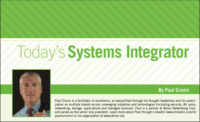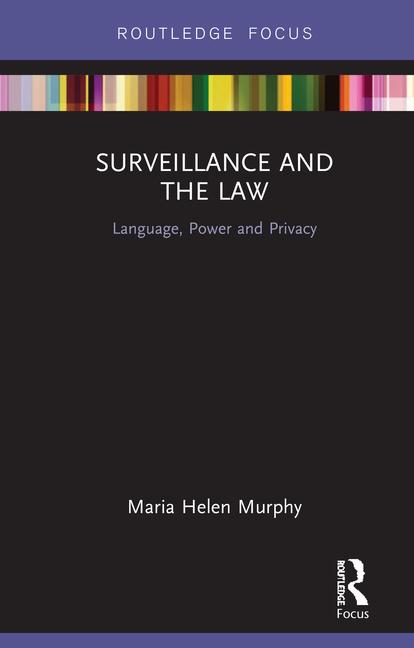The Security Industry Association (SIA) and the International Association of Professional Security Consultants (IAPSC) teamed up with security industry volunteers to create and release the AG-01 Architectural Graphics Standard-CAD Symbols for Security System Layout Standard 3.0 that includes a collection of architectural graphics intended for use in the security industry. Architects, building contractors, systems integrators, electrical contractors, security managers and any others who use CAD to produce construction, shop and/or installation/as-built drawings in addition to physical security system layouts now have a voluntary, self-enforcing model to make their jobs easier.
Peter Michael of Science Applications International Corporation (SAIC) chaired this effort. “The standard had not been updated since version two and that was released in 2000. There has been a lot of technical progress since then with new technologies in sensors and detectors as well as extensive changes in video.”
With such a long time period without revisions, the industry was left with somewhat cryptic symbols, usually recognizable only by those who used them on a regular basis, or many security organizations simply created their own version of these symbols, further confusing those involved in producing a functional security project. In fact, the AG-01 document noted that as many as four different sets of symbols can be seen on a single project: the security manager’s set for concepts, the security consultant for construction documents, the security contractor for shop drawings, and the electrical contractor for installation/as-built drawings.
“Now was the perfect time to partner with IAPSC again on standard revisions,” said Mia Smith, manager of standards for SIA. “Our goal was to have an inclusive group of volunteers revising the standard who could provide expertise and insight from architects, systems integrators, manufacturers and practitioners alike.”
Criteria used in the development of these symbols included the creation of easily recognizable icons that are only associated with security devices and other devices directly related to the security industry; simplification to minimize memory, usage and plotting time and to permit symbols to be hand drawn; a reduction in the number of symbols using generic icons; the use of a square outline to represent devices required for user or operator interaction and multiple devices or functions contained in a single enclosure or system indicated by a single outlined box.
A set of standardized, easily recognizable icons that represent the form and function of a device have been established. This reduces the number of generic icons created while providing uniformity in design and layout of physical security systems. CAD-generated drawings are more easily read and understood, thereby creating a paradigm for elaboration and incorporation. “Common symbols means it is easier for all to understand, and graphic images allow for cut-and-paste of security icons into documents and non-CAD drawings,” Michael added. “Additionally, this standard enables security stakeholders to share a common view on security.”
AG-01 addresses security industry technologies including IP cameras, advanced intrusion sensors, PoE and biometric devices in addition to the following areas: annotation, access control, processors and user interfaces, annunciations and switches, doors and barriers, communications, power supplies, intrusion sensors, video surveillance and screening devices.
“Chairman Peter Michael provided great leadership and was committed to capturing a thorough library of CAD images,” Smith said. “The latest security images included in V 3.0 are a true reflection of the types of security technologies currently used in the industry today.”
The AG-Standards are available for purchase online in the SIA Store, priced at $50 for SIA members and $275 for non-SIA members.
“AG-01 will continue to evolve, providing the industry with a comprehensive library of CAD images to meet the demands of ever-changing security technologies within our industry,” concluded Smith.
Visit www.securityindustry.org for information.









